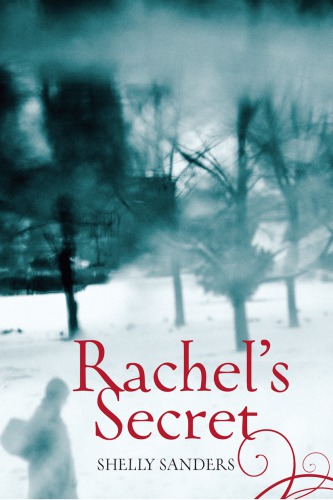
Rachel's Secret
The Rachel Trilogy, Book 1
فرمت کتاب
ebook
Reading Level
3-4
ATOS
5.1
Interest Level
6-12(MG+)
نویسنده
Shelly Sandersناشر
Second Story Pressشابک
9781926920467
کتاب های مرتبط
- اطلاعات
- نقد و بررسی
- دیدگاه کاربران
نقد و بررسی

March 15, 2012
This novelization of the 1903 Kishinev pogrom graphically describes the carnage as Christian Russians slaughter their Jewish fellow townspeople. Three protagonists startlingly reduce to two when one, a Christian 14-year-old, is stabbed to death by his uncle, who covets the family tobacco business. Over the following months, Kishinev's newspaper Bessarabetz whips the city into a frenzy by claiming that Jews murdered Mikhail to use his blood for baking matzah, urging, "we need to come together, fellow Christians, to purge our town of Jews." The narrative shifts focus between Rachel and Sergei, friends of Mikhail, for the lead up to, climax and aftermath of the pogrom. Rachel is Jewish: Rioters butcher her father and neighbors in front of her, smash houses and businesses and upend her world. Sergei is Russian Orthodox. Although son of the look-the-other-way police chief, Sergei steadfastly repudiates the blood libel but, as a 14-year-old, can't prevent the slaughter. Sanders' debut has generic prose and occasional anachronisms, but nonetheless adeptly conveys the history, from Mikhail Rybachenko's real name to the bitter bigotry and bloodbath. One odd misstep: The text paints Rachel's titular "secret"--her knowledge of Mikhail's true murderer--as crucially important, as if that information could, in the right hands, have saved lives. But Russia and Eastern Europe's pogroms (including Kishinev's second, in 1905) needed no trigger beyond anti-Semitism. Critical for its underexplored subject. (historical note, glossary) (Historical fiction. 10-15)
COPYRIGHT(2012) Kirkus Reviews, ALL RIGHTS RESERVED.

May 1, 2012
Gr 5-10-On April 6, 1903, the Russian city of Kishinev erupted in violence as a mob of Christians descended upon the Jews, slaughtering many and leaving hundreds wounded. The catalyst for the riot was the murder of a Christian boy, Mikhail Rybachenko. After his death, the local newspaper began publishing reports that Jews were responsible. Soon rumors ran rampant in the city, inciting hatred. In this novel based on that event, 14-year-old Rachel, a Jewish girl, witnesses the murder and knows that Mikhail's uncle killed him, but is too terrified to tell what she saw. Sergei, a Christian and friend of the victim, is attracted to her, and she eventually confesses her secret to him. He plans to tell his police-chief father, believing that he will take care of everything. However, his father dismisses his claims and does nothing to stop the resulting riots. Rachel and Sergei are left feeling haunted by their inability to do anything. This is a compelling story about an unfamiliar historical event, but there is very little character development. Rachel and Sergei do not spend enough time together to have formed the bond the author suggests. Conversations are stilted and plot twists are unrealistic. However, the novel holds its value as an informational story that historical-fiction fans will appreciate.-Wendy Scalfaro, G. Ray Bodley High School, Fulton, NY
Copyright 2012 School Library Journal, LLC Used with permission.

Starred review from April 15, 2012
Grades 6-9 *Starred Review* When 14-year-old Rachel's father prods her about her withdrawn behavior, she implores him, If you had a secret but knew it could cause trouble if you told, what would you do? Living under Russian rule in Kishinev in 1903, Rachel was one of the last people to see her Christian friend Mikhail alive when she witnessed his murder at the hands of disgruntled relatives who stood to lose out on an inheritance. His death is blamed on Jews, however, and a vicious pogrom is unleashed on the city. Rachel's anguish about knowing what happened stems from a justified fear of not being believed if she comes forward, thus evoking more turmoil. She also harbors guilt that her somewhat risky friendship with a non-Jewish boy somehow triggered the calamity. Basing the story on historical record, Sanders weaves a tale of catastrophe stemming from unbridled hatred, spreading of untruths, and lack of commitment to public safety on the part of officials. And while Rachel does act courageously and courtroom justice is meted out, virulent anti-Semitism still rules the day. In an artful way throughout this absorbing, chilling tale, characters wonder what can stop the tragedy of hatred from overcoming community, a question that will prompt readers to wonder the same.(Reprinted with permission of Booklist, copyright 2012, American Library Association.)

























دیدگاه کاربران